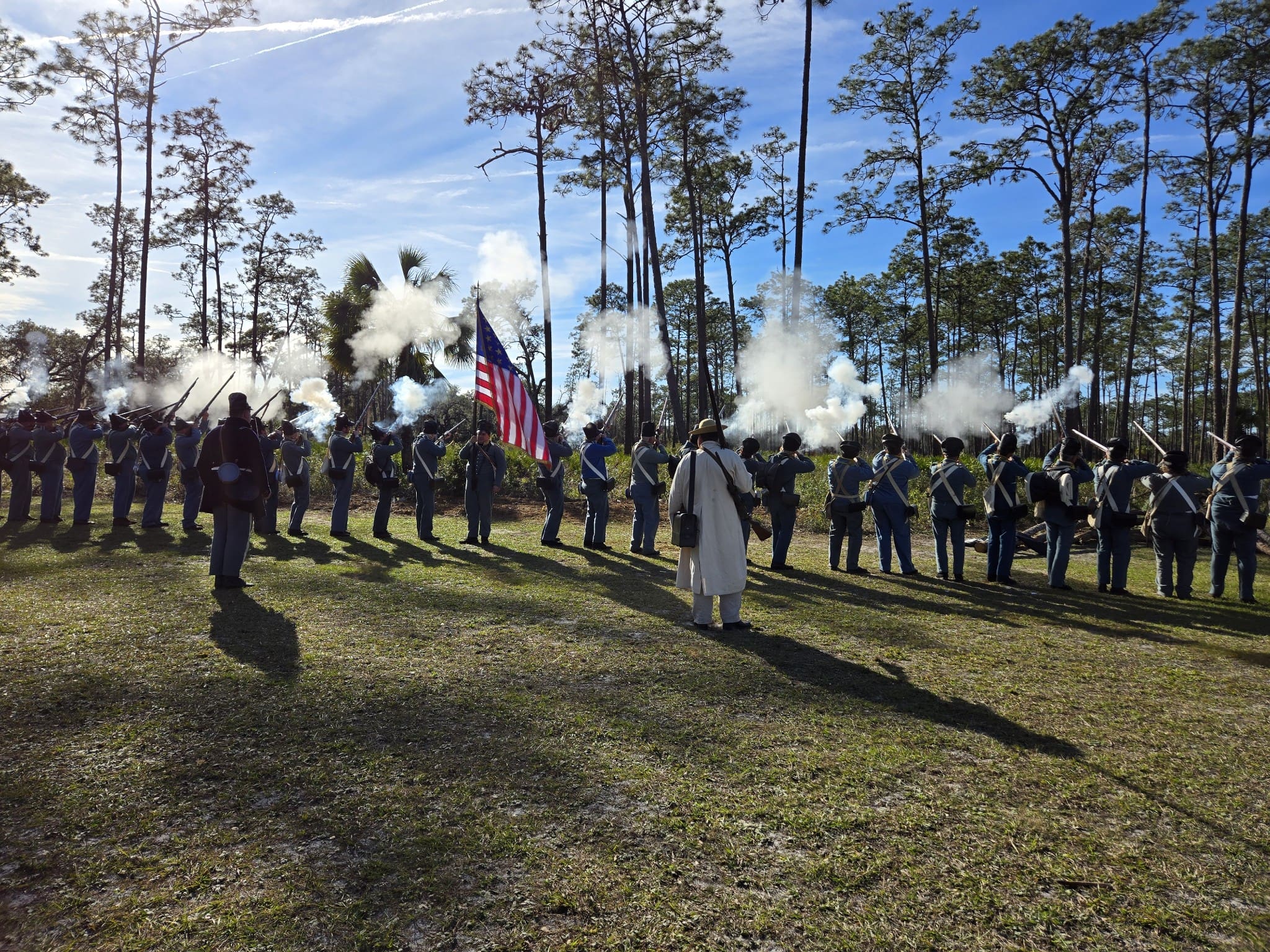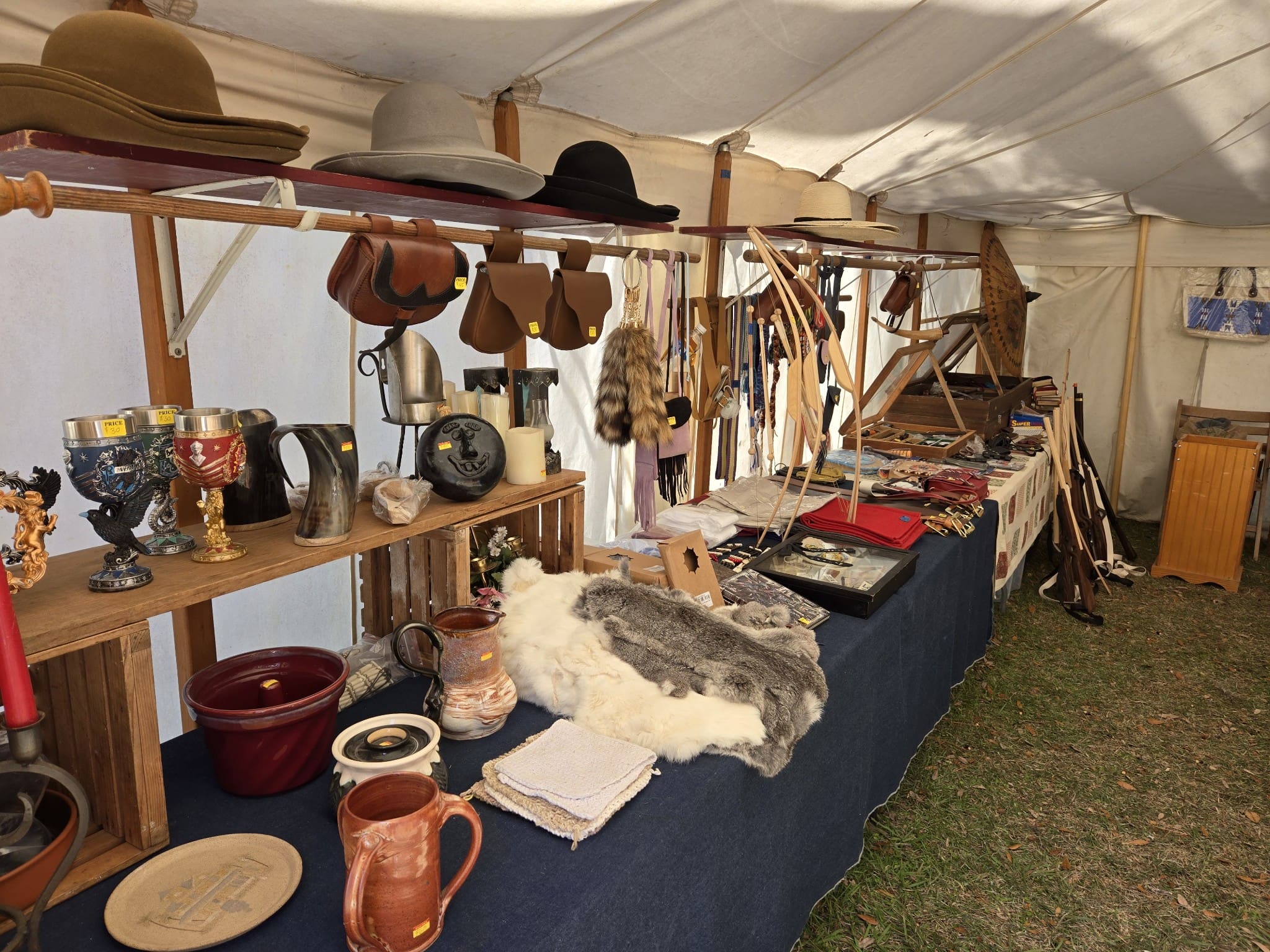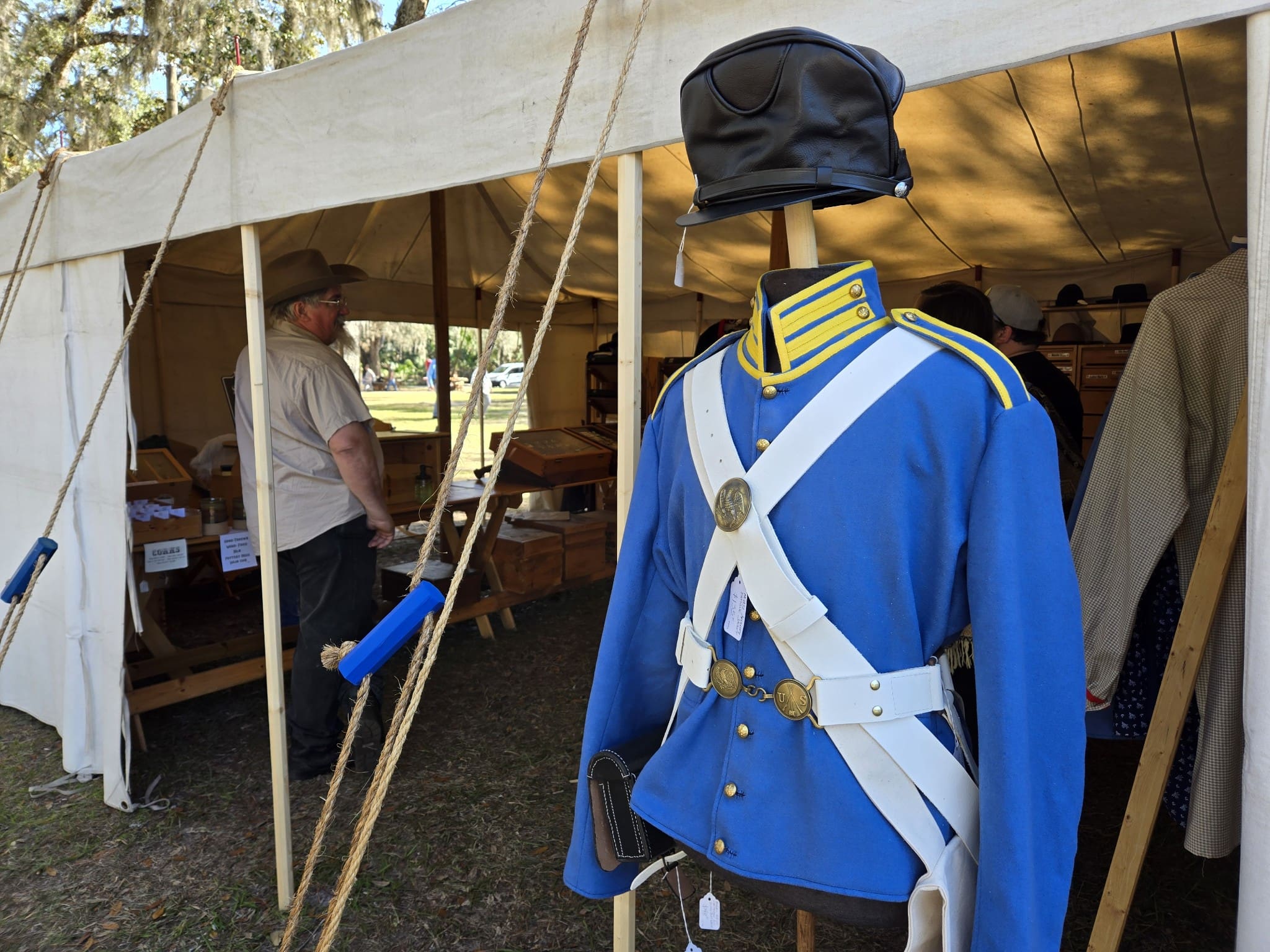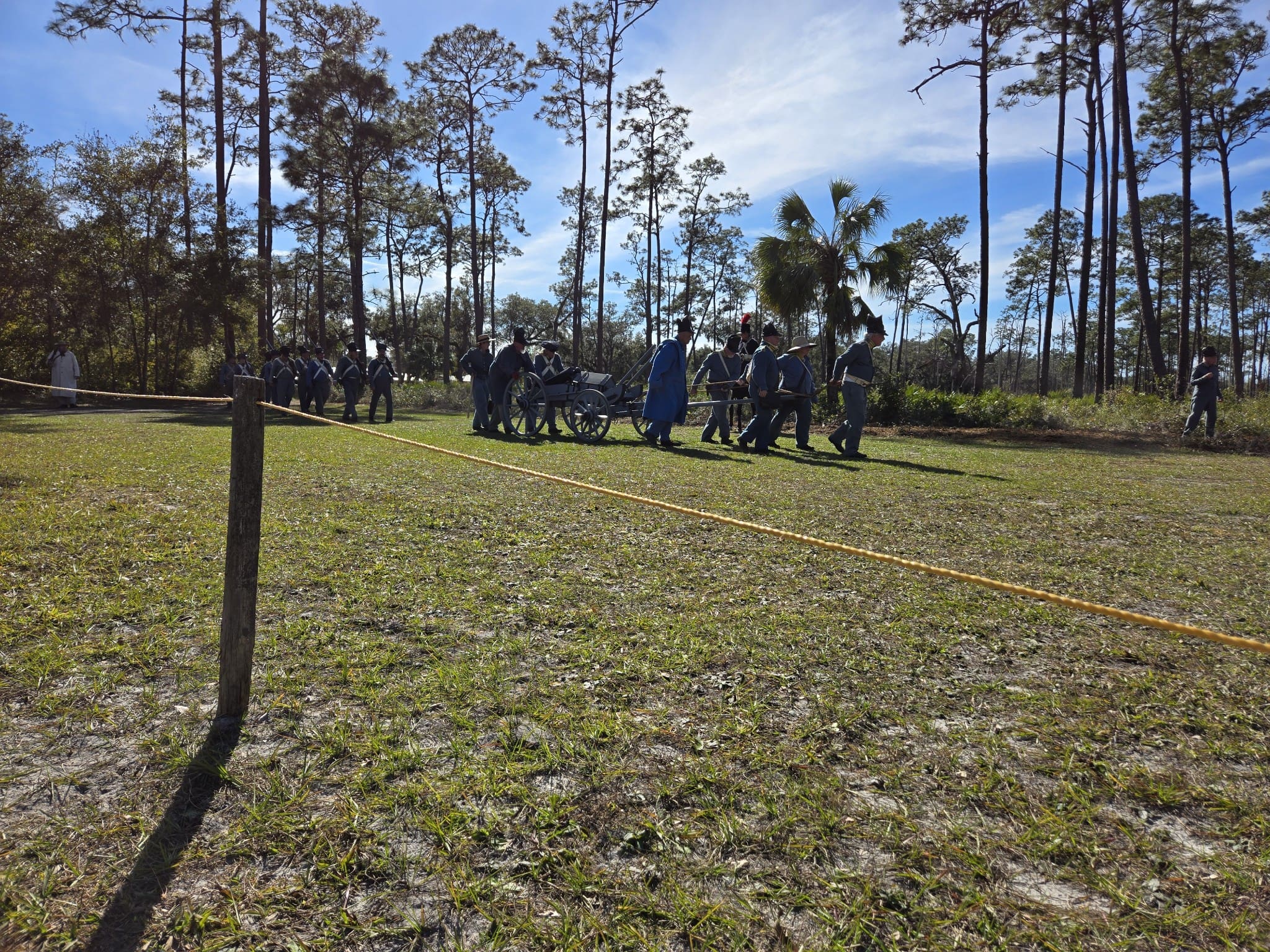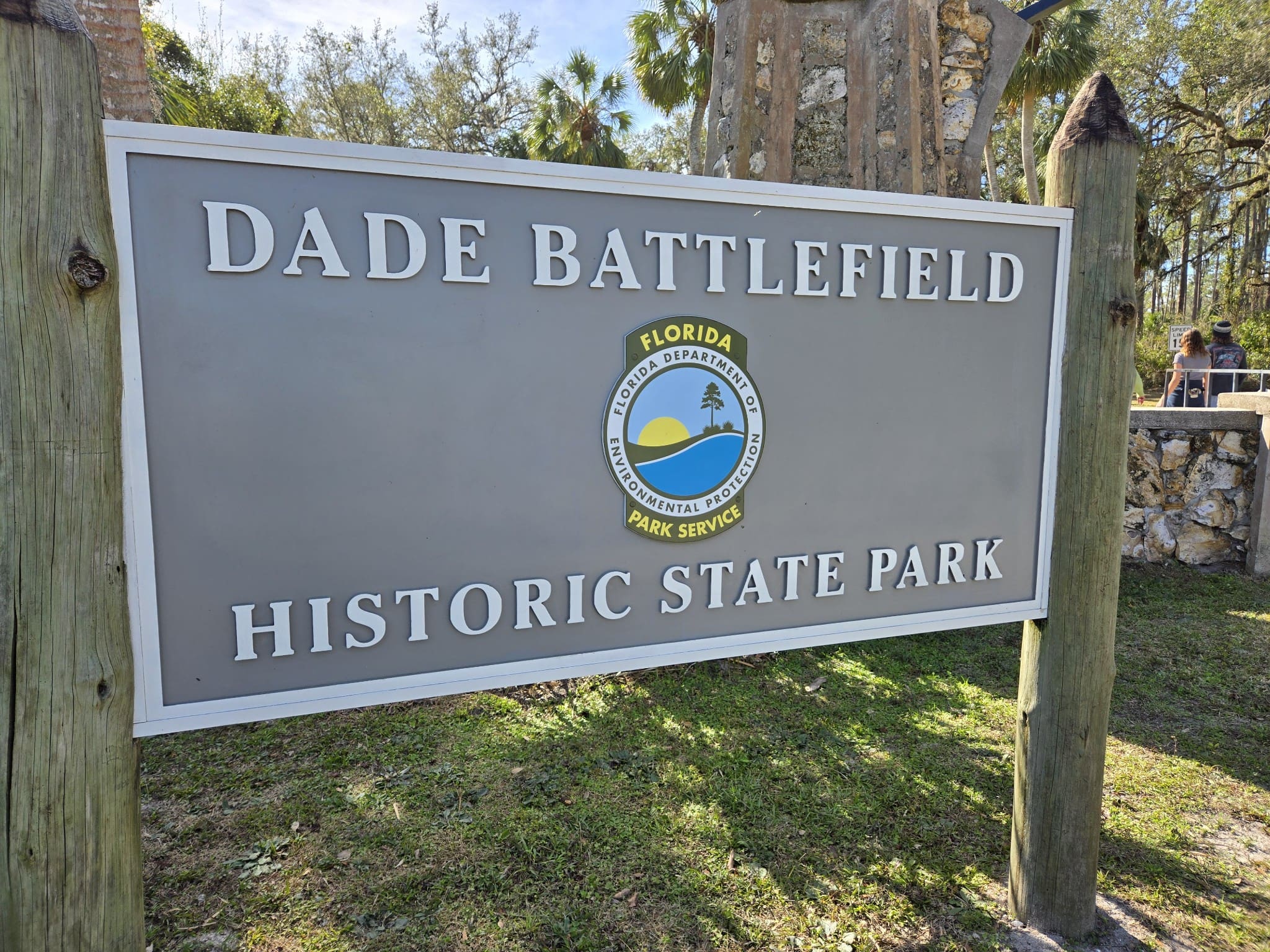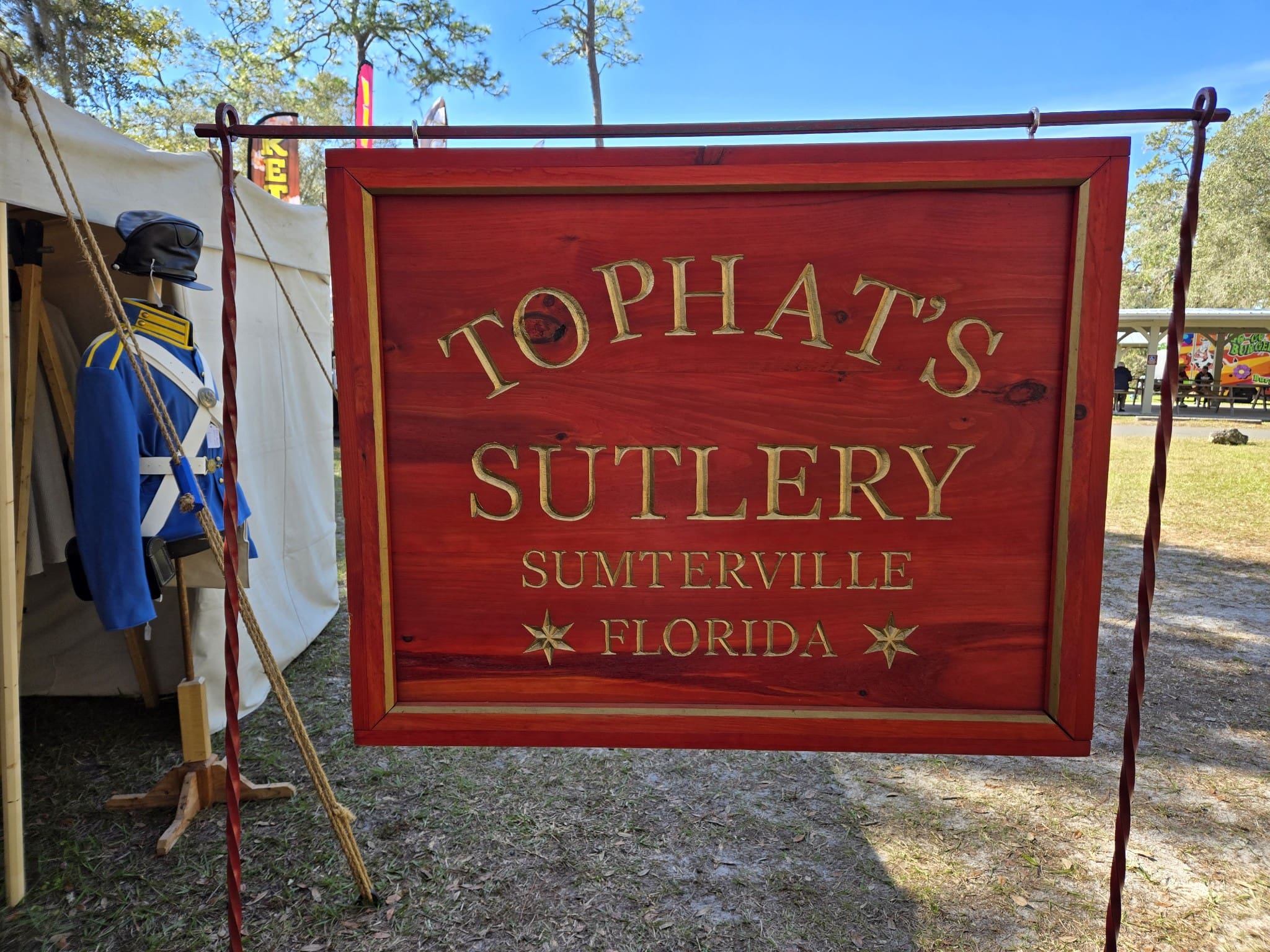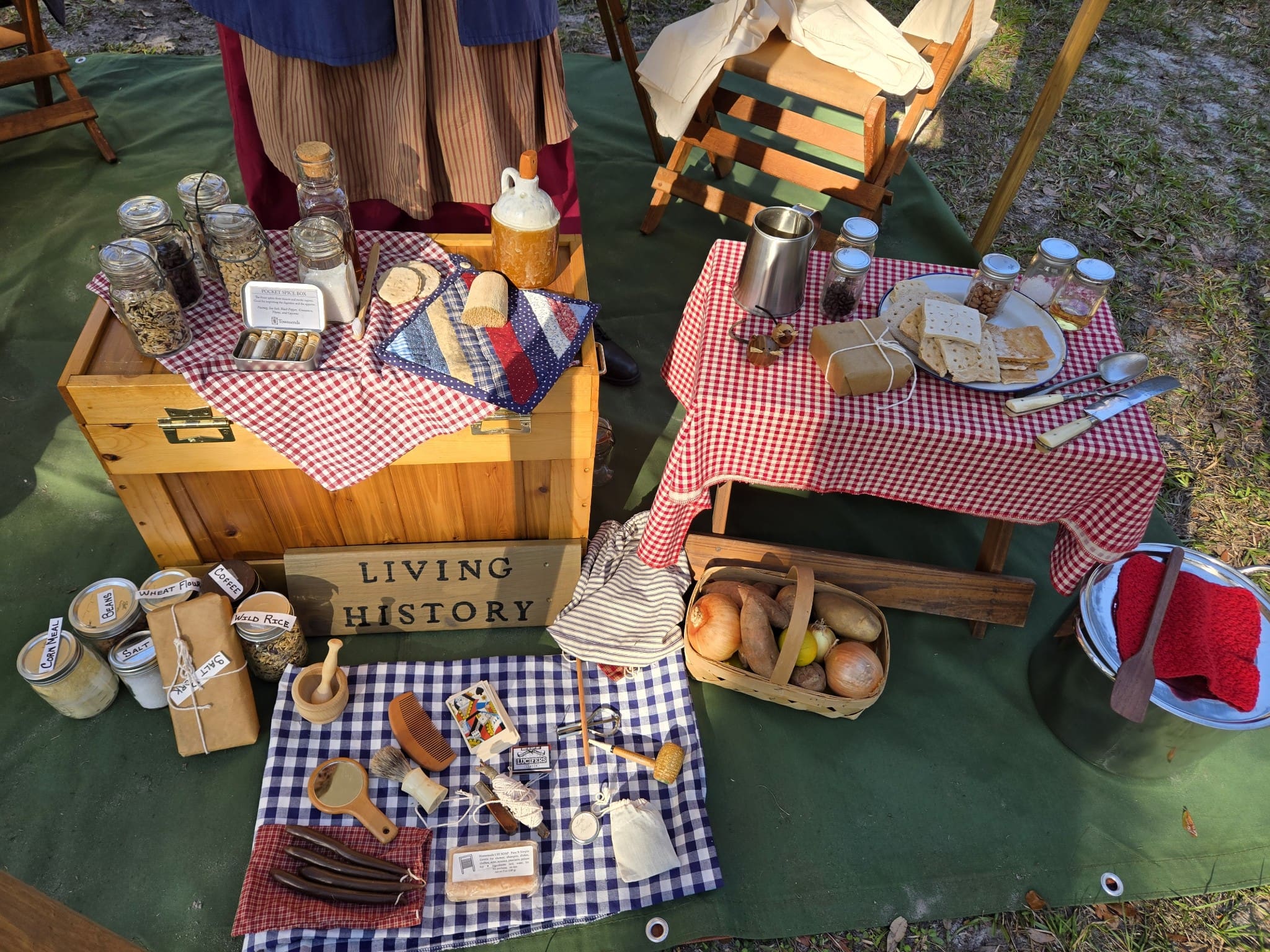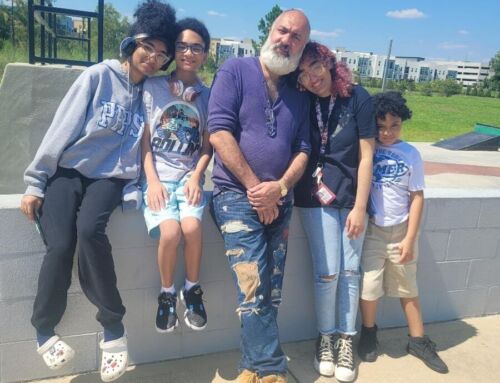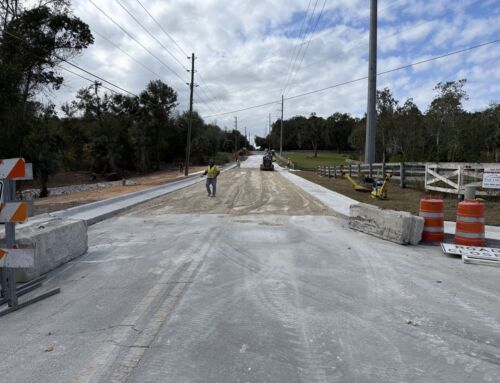January 6, 2025
Local “Living Historians” Immerse Themselves and the Audience in a Piece of Florida History
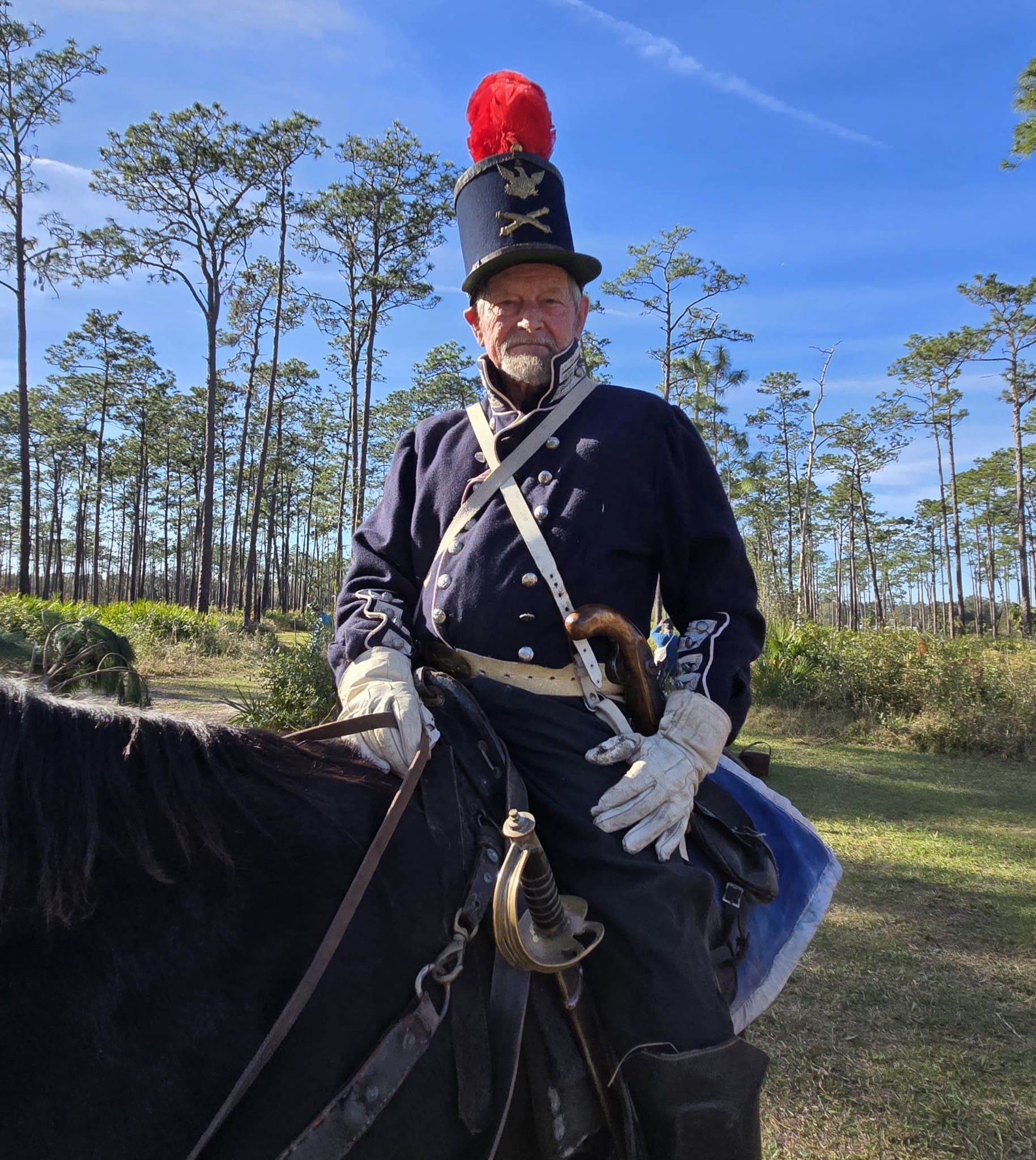
By Gina Horan
Local “Living Historians” Immerse Themselves and the Audience in a Piece of Florida History

Battle for the Ages
I’ve always been obsessed with history as the countless books jammed into my shelves will prove. Yet, for most of my life, I’ve dismissed battlefield reenactments as something I’d never enjoy. I assumed I’d much rather binge Band of Brothers for the hundredth time than trudge out to a dusty field to watch regular folks cosplay Little Big Horn.
Boy, was I wrong and I take it all back.
I’m now a true believer after attending the 44th annual reenactment of Dade’s Battle of 1835 this past weekend at Dade Battlefield Historic State Park in Bushnell, marking the 189th anniversary of this pivotal clash.
Sitting so close, hearing the thunder of cannons, the war cries of hidden Seminole warriors, and witnessing the brutal ambush of U.S. soldiers unfold before my eyes gave me chills to my core. These reenactors recreate history at their own expense, and they do it with incredible passion and authenticity.
This annual event commemorates the December 28, 1835, ambush that ignited the Second Seminole War. On that fateful day, 107 U.S. soldiers, led by Major Francis Langhorne Dade, were ambushed by 180 Seminole warriors while traversing Florida’s pine forests on a resupply mission from Fort Brooke to Fort King.
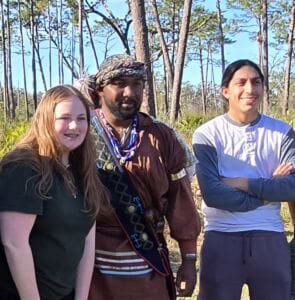
Matthew Griffin, who portrayed Micanopy, is a local “live historian” with family ties to the Black Seminole story. “At first, I thought participating would be interesting,” says the Estero resident. “But when I discovered my connection to the Seminole Nation, it became deeply personal.”
Matthew captivated the crowd with a demonstration of native dress before vanishing into the trees. He later reemerged triumphantly on horseback, embodying Micanopy’s victory.
Bud Thayer, who played Major Dade, has been reenacting for over 40 years. “I started as infantry,” said the Lake City resident, who now rides his horse, aptly named Major, at the start of the battle. He’s also the first to fall in the ambush.

“The story itself is compelling, but the camaraderie with my fellow living historians makes it even more meaningful,” Bud says.
The battle was part of a series of coordinated attacks by the Seminole, resisting the U.S. government’s efforts to forcibly relocate them to the Indian Territory in Oklahoma. Planned over a year, the ambush surprised Major Dade in the open prairie, where he least expected it.
Reenactors weren’t the only ones bringing history to life. Vendors traveled from across the country to sell vintage artifacts and handcrafted wares, showcasing 19th-century life.
Army kitchens and mercantile displays highlighted how wives and mothers often cooked and procured food for soldiers. “An army moves on its stomach,” one vendor noted. “Feeding soldiers was critical, and women played a significant role.”
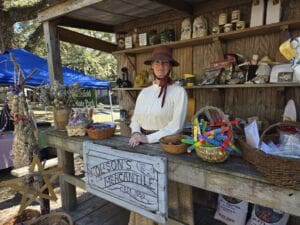
Seminole Wars historians and foundation members were also on hand, educating visitors and answering questions. Volunteers rounded out the weekend, making it a full community effort to preserve this little known and all too important part of U.S. history.
Dade Battlefield Historic State Park, open year-round, has been named the nation’s best state park four times. Visit www.dadebattlefield.com to learn more about this remarkable piece of Florida history.
Photos by Gina Horan
Gina moved to Central Florida in August 2021 from the San Francisco Bay Area. She has a degree in linguistics and worked as a fashion editor, photo stylist lifestyle columnist and food writer for the Knight Ridder Newspaper Group. She also covered and photographed music festivals, fashion shows and sports throughout Northern California. In 2000, she joined KSAN radio as a morning show co-host and produced the news and sports content there for four years. She later covered travel, events and the restaurant scene for KRON-Bay TV. A veteran bartender, Gina has worked in hospitality on and off since high school. She has been with Akers Media since 2022 and hosts the Healthy Living Central Florida podcast. Her passions include travel, road trips, baseball, history books and podcasts, tasting menus and arriving in a new city without a map or guidebook.


